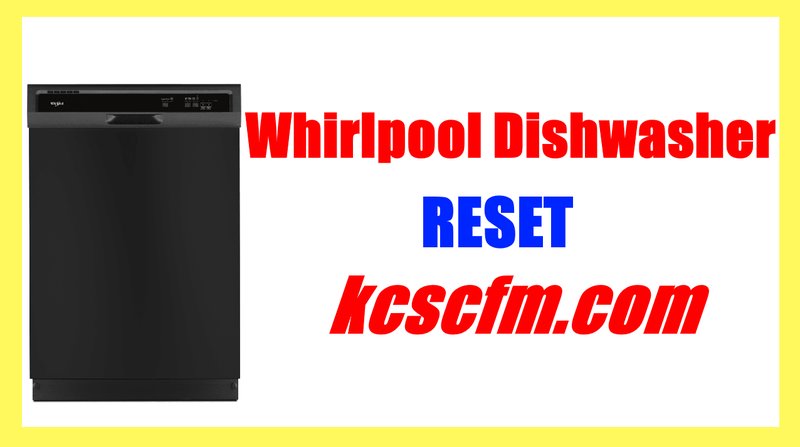
Error codes are like your dishwasher’s way of sending a distress signal — a heads-up that something isn’t quite right. Specifically, the OE code in Whirlpool dishwashers usually indicates a problem with drainage. Think of it as your dishwasher’s way of saying, “I’m having trouble draining the water out!” This could be due to a blocked drain hose, a clogged filter, or even an issue with the drain pump. But don’t worry, resetting the dishwasher and fixing this issue could be as simple as a few methodical steps.
Understanding Error Code OE in Whirlpool Dishwashers
The OE error code stands for “Outlet Error,” which is basically your dishwasher’s way of complaining about a drainage issue. It differs slightly from other error codes that might indicate issues with water intake or electrical faults. If you’ve ever had a sink with water that won’t go down because of a clog, you’ve got the basic idea. The dishwasher is full of water, and it can’t get it out. This can happen if food scraps or debris have gummed up the works somewhere along the drainage path.
When dealing with this code, it’s important to check a few specific areas. First, the drain hose — a flexible pipe that carries water from the dishwasher to the main plumbing — could be kinked or blocked. Next, there’s the filter, which might be holding onto leftover food particles like a lint trap holds onto dryer lint. Finally, the drain pump itself could be malfunctioning, unable to pump water out of the dishwasher effectively.
To reset this situation, you may need to take a few easy steps. By systematically checking these components, you can clear up the blockage and get your dishwasher back to its usual efficient self. But what exactly should you do? Let’s delve into each step you need to follow.
Step-by-Step Guide to Resetting Your Dishwasher
First, ensure safety by unplugging the dishwasher or flipping the circuit breaker before you start poking around. This is key because dishwashers deal both with water and electricity — a combination best handled cautiously.
Once you’re safe, open the dishwasher and inspect the filter located at the base of the tub. Imagine the filter as a sieve catching all the bits and bobs you don’t want going down the drain. It’s important this isn’t blocked, as it can stop water from draining properly. Clean out any visible debris, rinse the filter under warm water, and replace it snugly in its slot.
Next up, examine the drain hose. It’s like the straw through which your dishwasher expels all the used water. If it’s kinked or clogged, the water can’t leave the appliance. Detach the hose from where it connects under your sink (or at the garbage disposal) and peek inside. You’re looking for any obstructions — if you find any debris, carefully remove them. You might need a thin, long brush to clear everything out properly.
Finally, if these two checks don’t solve the problem, the drain pump might be at fault. This component pushes the water out of the machine, and if it’s not working, the water won’t budge. Unfortunately, this may require a professional touch unless you’re particularly handy and have access to the right replacement parts.
Preventing Future OE Errors
Prevention is always better than cure, right? To avoid encountering the OE error code again, do a bit of proactive maintenance. Regularly cleaning the filter once a week can go a long way. Think of it as brushing the crumbs off your dinner table — a small task that keeps everything running smoothly.
It also helps to scrape excess food off dishes before loading them. While dishwashers are good at handling minor bits of food, large chunks can overwhelm the system. Additionally, once a month, you might want to run a cleaning cycle with a dishwasher cleaner to keep everything fresh and clog-free, much like how you might occasionally clean your washing machine.
If your dishwasher tends to encounter this issue frequently, consider checking the plumbing or the overall drainage setup of your kitchen. It might be a sign that something needs reconfiguring or replacing. While these are larger-scale solutions, they might save you plenty of headaches — and potential repair bills — down the road.
By following these practical steps, you can reset your Whirlpool dishwasher whenever it hits the OE snag. More so, by keeping up with regular maintenance, you can help ensure your dishwasher stays efficient and reliable, making dishwashing one less thing to worry about.